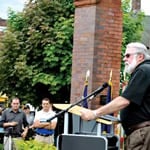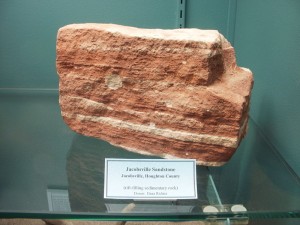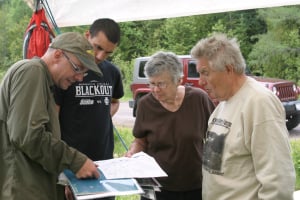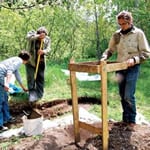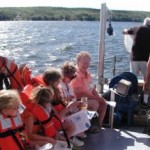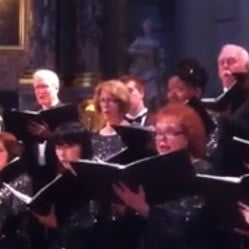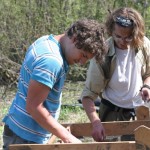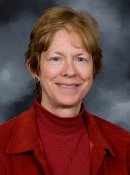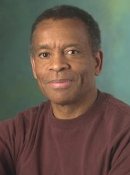Final Open House Weekend for 2013
Prepared for your visit to the Cliff?
Remaining public tours scheduled for 2013
FIeld School, Week 3: Getting Started in Clifton
Field School Week 3: Where to Dig? And Why?
June 17, 2013: Sunday’s Open House
June 16th: Father’s Day Open House
June 15, 2013: Rainy Open House Morning
Field School Week 2: Mapping and Context

